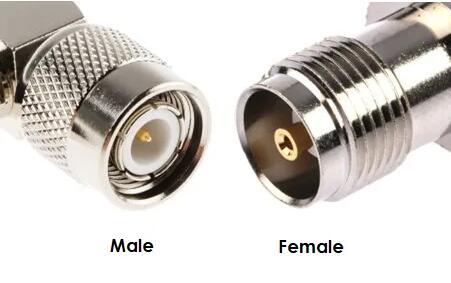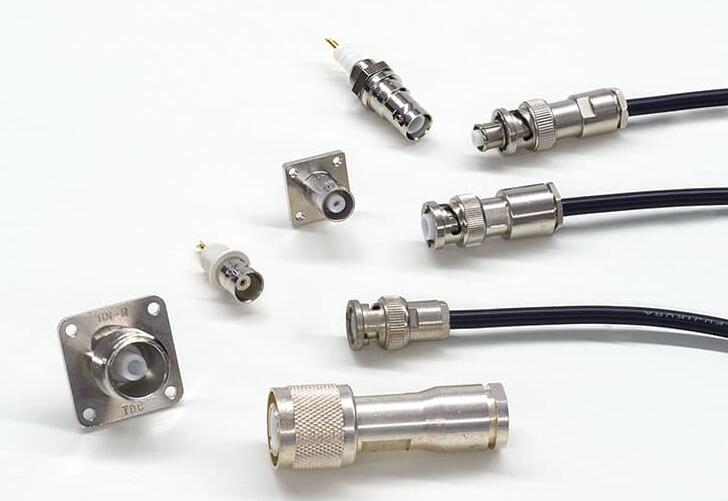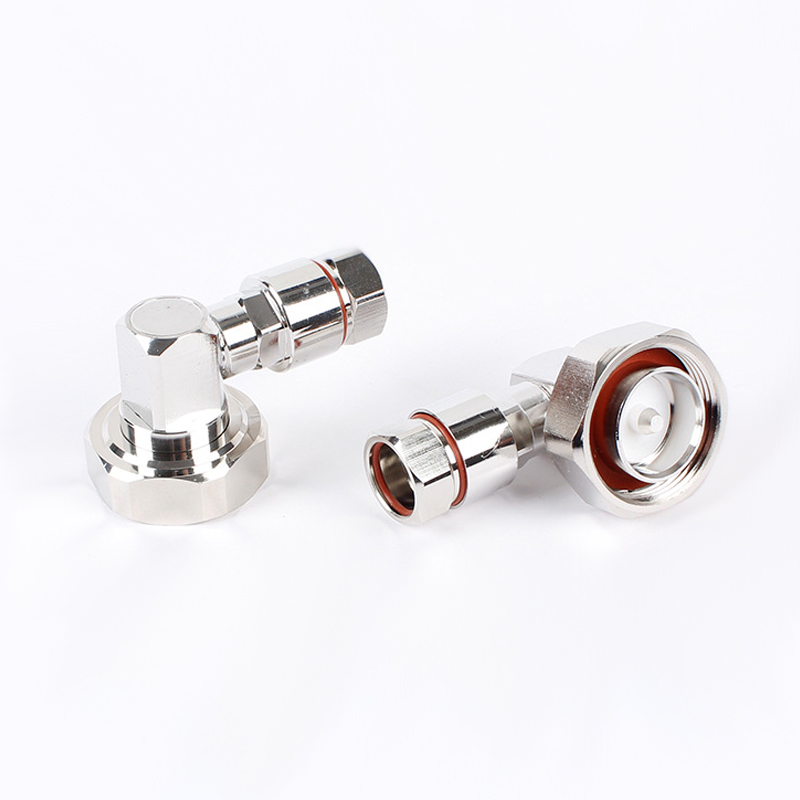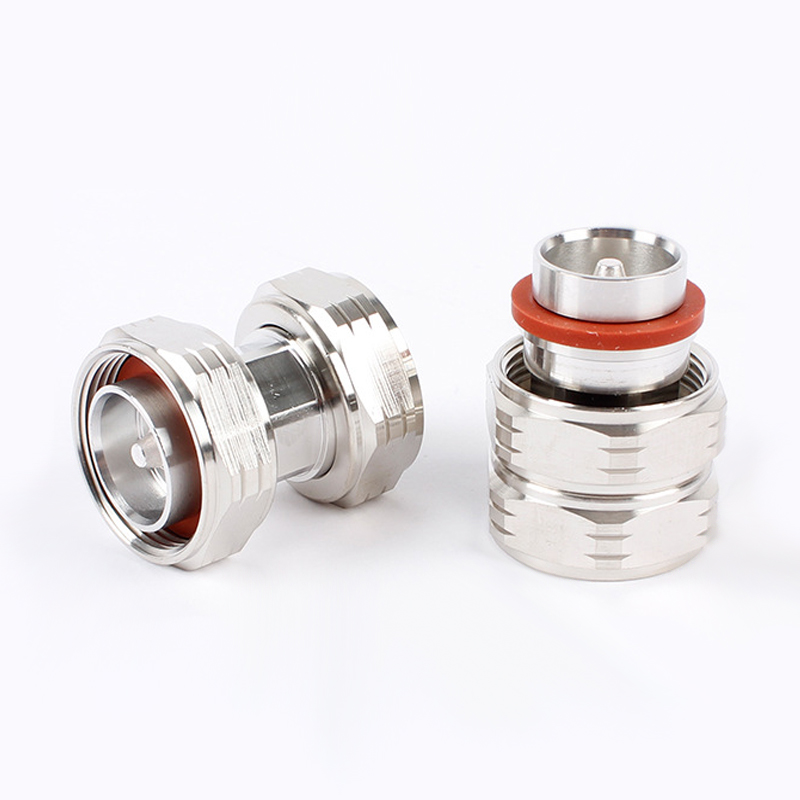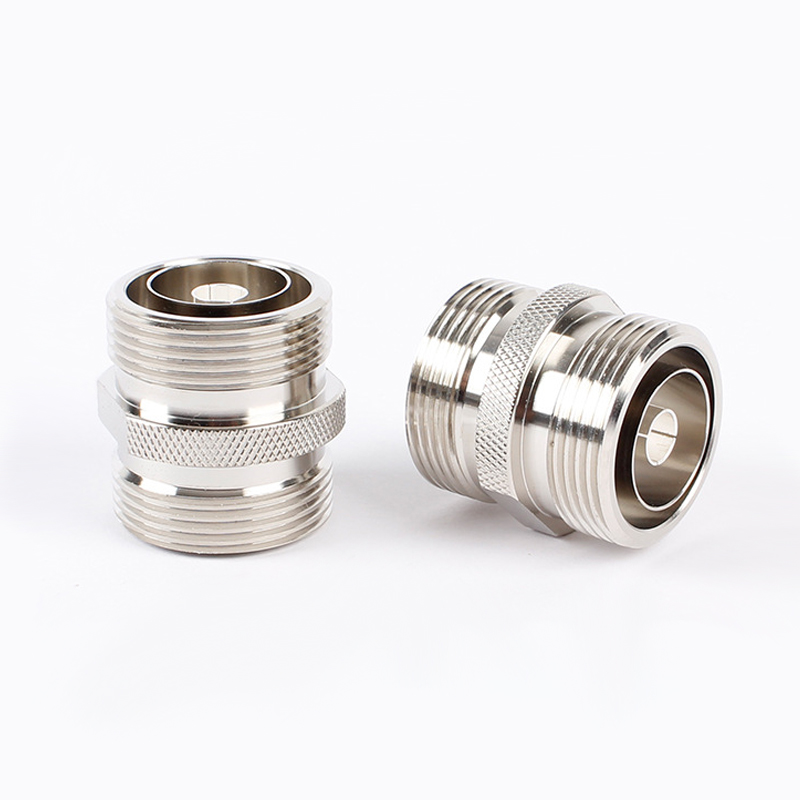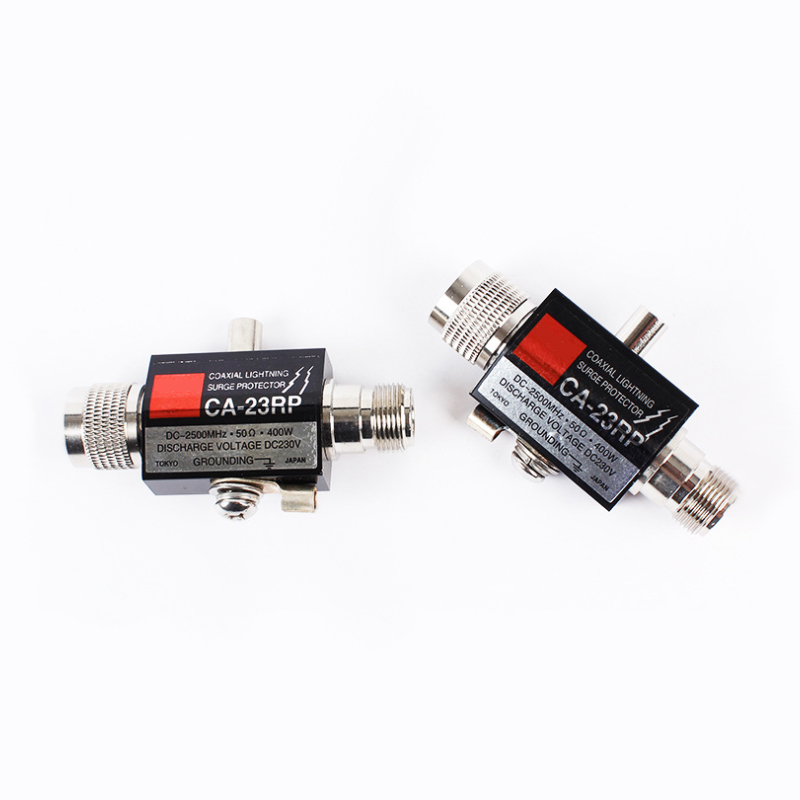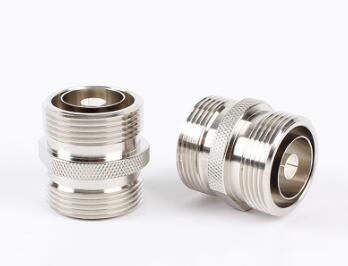Coaxial connectors are commonly used components in wireless communication equipment to connect signal sources and loads, or to connect different signal sources and loads. When selecting coaxial connectors, the following factors need to be considered:
1. Product structure
Coaxial connectors typically consist of inner conductors, outer conductors, and insulators. The inner conductor is connected to the signal source or load, the outer conductor serves as the grounding terminal, and the insulator separates the inner and outer conductors to prevent electromagnetic interference. When selecting coaxial connectors, attention should be paid to the material, size, accuracy, and fit clearance parameters of these components.
2. How to choose products
When choosing a coaxial connector, the following factors need to be considered:
a. Frequency range: The wider the frequency range of a coaxial connector, the wider its applicability. It is necessary to choose an appropriate frequency range according to actual needs.
b. Voltage range: The voltage range that coaxial connectors can withstand is also a factor that needs to be considered, and an appropriate voltage range needs to be selected according to actual needs.
c. Mechanical performance: The mechanical performance of coaxial connectors includes insertion and extraction force, contact resistance, etc., which can affect the performance and service life of the equipment. When selecting, attention should be paid to the stability of insertion and extraction force and the reliability of contact resistance.
d. Environmental adaptability: Coaxial connectors need to adapt to different environmental conditions, such as temperature, humidity, vibration, and impact. It is necessary to select connectors with corresponding environmental adaptability according to actual needs.
e. Brand and price: When choosing coaxial connectors, factors such as brand and price need to be considered. Famous brand connectors have better quality and after-sales service guarantees, but their prices are relatively high. We need to weigh these factors according to actual needs.
3. Product advantages
Coaxial connectors have the following advantages:
a. Has good electrical performance, can transmit signals while preventing electromagnetic interference;
b. Has a wide frequency range, suitable for various signal transmissions;
c. Has relatively stable mechanical performance and insertion and extraction force, convenient for maintenance and replacement;
d. Has good environmental adaptability and can work stably in various environments;
e. There is a lot of room for choice in terms of brand and price.
4. Usage scenarios
Coaxial connectors are widely used in various wireless communication devices, such as base stations, satellite communication equipment, radar, electronic countermeasures, etc. Among these devices, coaxial connectors, as important components of signal transmission, need to meet the requirements of high-speed data transmission, high reliability, low noise, and low insertion loss. When selecting coaxial connectors, it is necessary to choose the appropriate model and specification based on the specific needs and usage scenarios of the equipment.



